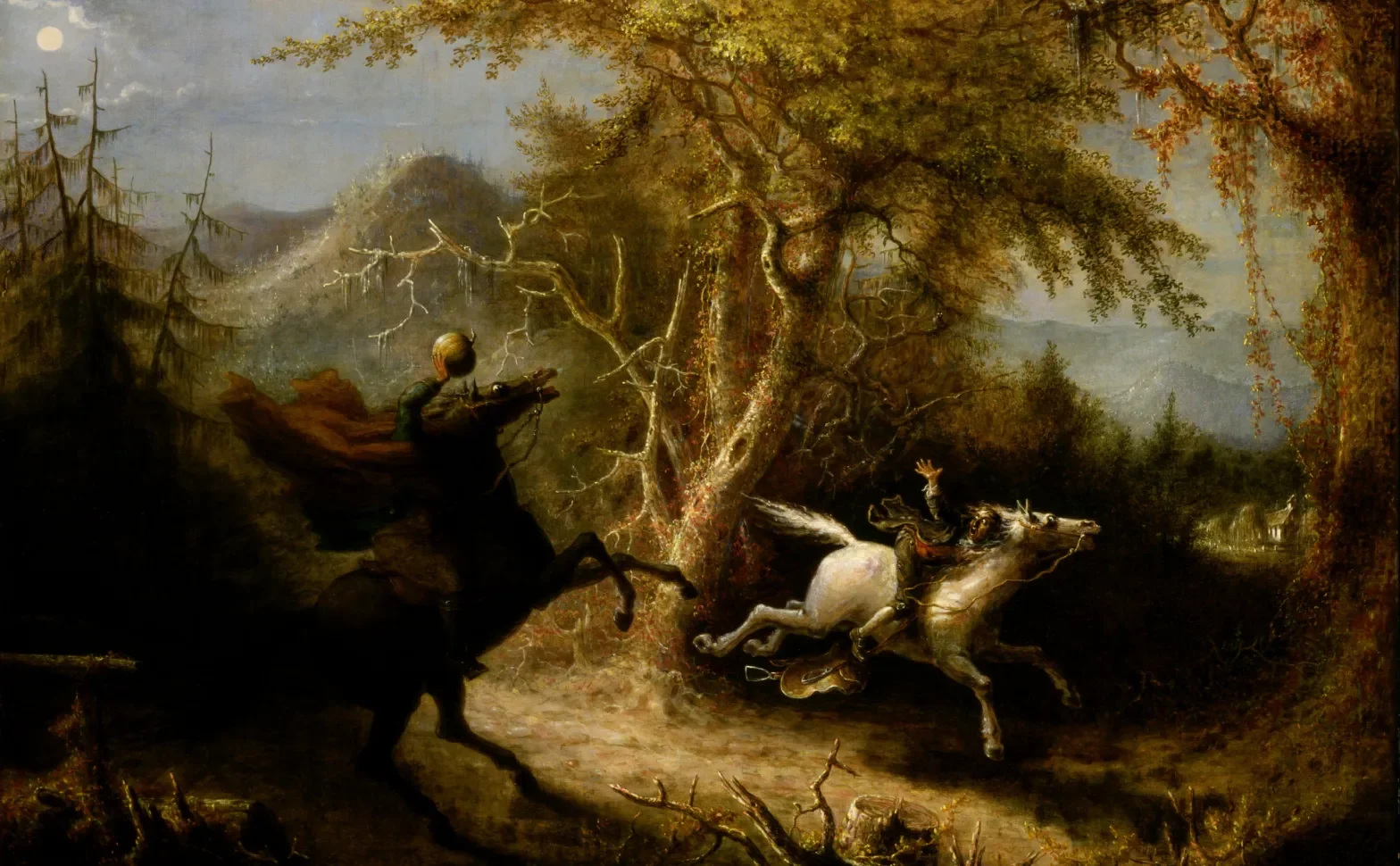Day 2: The Hidden Folk — The Aos Sí and the Spirits Beneath the Hills
Image from irishmyths.com
(Day 2 in the Samhain Series)
“They are not of heaven, nor of hell, but of the earth — fairy, ghost, and ancient god in one.”
— W. B. Yeats, Fairy and Folk Tales of the Irish Peasantry
As the veil continues to thin and the world leans toward darkness, the air hums with quiet expectancy. The harvest is nearly done; the nights stretch long. This is when the Aos Sí — the “people of the mounds,” the shining ones — stir beneath the hills of Ireland and walk once more among mortals.
Who Are the Aos Sí?
In Irish myth, the Aos Sí (pronounced ees shee) are descendants of the Tuatha Dé Danann, the ancient deities and heroes who once ruled Ireland.
When the Milesians arrived, legend says the Tuatha retreated into the earth, taking refuge within the sidhe — hollow hills that shimmer with unseen light.
Over time, they became known as the Aos Sí: powerful, otherworldly beings who dwell just beyond our sight.
Sharon Wray describes them beautifully as “the last remnant of a time when gods walked the land — neither angel nor demon, but something altogether more mysterious.”
They are the keepers of liminal space: guardians of thresholds, dreams, and the wild places between.
The Mounds and the Veil
The sidhe are more than hills. They are doorways between worlds, glowing softly under moonlight.
Yeats wrote that “the fairies ride by starlight, and the sound of their horses’ feet is the music of dream.”
On Samhain night, that music grows louder. The doors of the mounds are said to open, and fires are lit beneath the earth as the Aos Sí celebrate their own feast while mortals kindle theirs above.
Lady Gregory recorded tales of villagers who spoke softly when mentioning them, calling them na daoine maithe — the good people — and leaving offerings of milk, bread, or honey on the threshold. Not from fear, but from reverence.
Samhain: Their Season
Samhain is the turning of the wheel when the worlds overlap. The dead walk among the living, and the Aos Sí — who exist between both realms — move freely across the land.
Time itself softens; a single night stretches long enough for centuries to pass in their halls. Folklore tells of mortals who danced with them beneath the hills, only to return and find years gone by.
It is said that the hollow hills glow with firelight on Samhain Eve. Music drifts up from beneath the soil. Cattle are driven between twin bonfires for protection.
The living honor the unseen, ensuring peace for another year. For those who forget — or offend the good people — mischief or misfortune often follows.
From Samhain to Halloween
Over centuries, stories of the Aos Sí blended with Christian and folk traditions, shaping what we now know as Halloween.
The idea of spirits wandering on All Hallows’ Eve — souls of the dead, fairies, and mischief-makers alike — echoes the ancient belief that on Samhain night, the good people walked freely among mortals.
Even the custom of leaving food at the door, once meant to appease the Aos Sí, survives in the sweets and offerings we give to trick-or-treaters.
Beneath the costumes and candles, the heart of Halloween still beats with the old rhythm of Samhain — a night when the worlds meet and the unseen draws near.
The Dullahan: The Headless Rider of the Aos Sí
Among the Aos Sí, not all are gentle or kind. Some belong to the shadowed courts — the Unseelie — whose presence foretells death or misfortune.
One of the most fearsome is the Dullahan, the Headless Horseman of Irish legend.
Artist’s rendering of the Dullahan, the Irish headless horseman (source: fandom.com)
Riding a great black steed with eyes that burn like embers, he carries his severed head beneath one arm, its mouth twisted in a ghastly grin.
Wherever he stops, a soul is said to perish — for when the Dullahan calls a name, that person’s time in the mortal world is done.
He is one of the dark Aos Sí, bound not by malice but by duty — a psychopomp of the old world.
Over centuries, his story crossed the sea and transformed into Washington Irving’s Headless Horseman of Sleepy Hollow.
So even this haunting Halloween figure has roots in the mists of Samhain — a shadow of the Aos Sí who still rides between worlds when the veil grows thin.
Walking Between Worlds
To honor the Aos Sí during Samhain, walk with humility and quiet awareness.
Leave a small offering outdoors — cream, bread, or flowers from your garden. Speak softly. Light a candle to guide your ancestors and the good folk alike.
In the hush between breaths, listen — you may feel the whisper of wings, or the shiver of something ancient just beyond the veil.
Time bends around them, as it does around Samhain itself — a single night stretched across eternity. This is their season. The world is alive with things half-seen.
Tomorrow, we travel deeper — into the mythic waters of the Fomorians, ancient foes of light and chaos whose story shaped the roots of Samhain itself.
Until then, take care of you, my friend.
Melody



